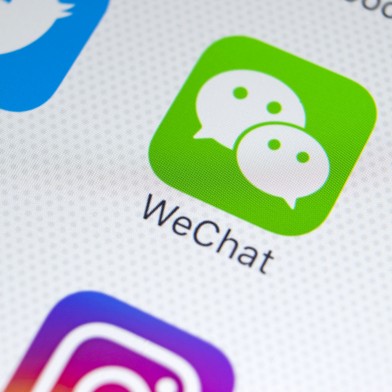The digital economy in India is growing. In the last seven years, hundreds of millions of people have jumped online in India. In 2015, just 19 percent of India’s 1.3 billion people had internet access, now in 2022, it’s almost 60 percent.
This, according to the BBC, is Prime Minister Narendra Modi’s ambitious plan to make India a trillion-dollar digital economy. It’s called “Digital India”. It’s goal is simple: get more Indians online, and give them the platform to thrive economically as individuals and society.
In fact, you can travel everywhere from remote rural areas to dense and bustling megacities and still get great internet coverage on your phone. While the West spent much of the first two decades of internet connectivity wired in with dial-up and broadband, India has mostly skipped this step and gone straight to mobile-first connections.
Yet India’s journey to its digital revolution did start around the same time as the rest of the world’s, in 1995. Then, Brijendra K Syngal, known as the “father of the internet” in India, launched commercial internet services in five Indian cities: Delhi, Bombay, Kolkata (then Calcutta), Chennai (then Madras) and Pune. The BBC says newspapers gleefully called it India's "Second Independence Day". India was among the first countries in Asia to have a commercial internet service.
However, this first attempt went sour quickly. Many recognised India was ill-equipped for the internet at that time. Delayed connections, high charges, and an average disconnection of every three minutes made the internet painful to use. Update of the internet stalled after this 1990s-experiment-gone-wrong and Syngal would later say he “goofed up big time” introducing technology India wasn’t ready for.
But this experiment wasn’t in vain. It kickstarted interest in the internet in India, paving way for undersea internet cables and eventually, India’s juggernaut software industry.
Digital India has propelled the nation to widespread connectivity through dramatic reductions in mobile data prices, making being online affordable for all.
However, no other democracy in the world imposes internet shutdowns like India, either. In 2021, there were 182 internet shutdowns enacted by governments across the globe. India can claim 106 of those. In the last 10 years, India has had 665 shutdowns, reports The Indian Express.
The Indian Government claims shutdowns are necessary to retain public order, such as when a protest is occurring. Essentially, officials believe restricting access to information about a protest will contain the event and stop it from getting bigger. Such shutdowns, however, are often used arbitrarily and without warning, leaving many Indians to wonder if there’s an official shutdown, or their phone just isn’t working. This has lead to many articles published online such as “10 Ways To Survive Without Internet Suddenly"; a consideration that is now part of daily life in India.
- Asia Media Centre

